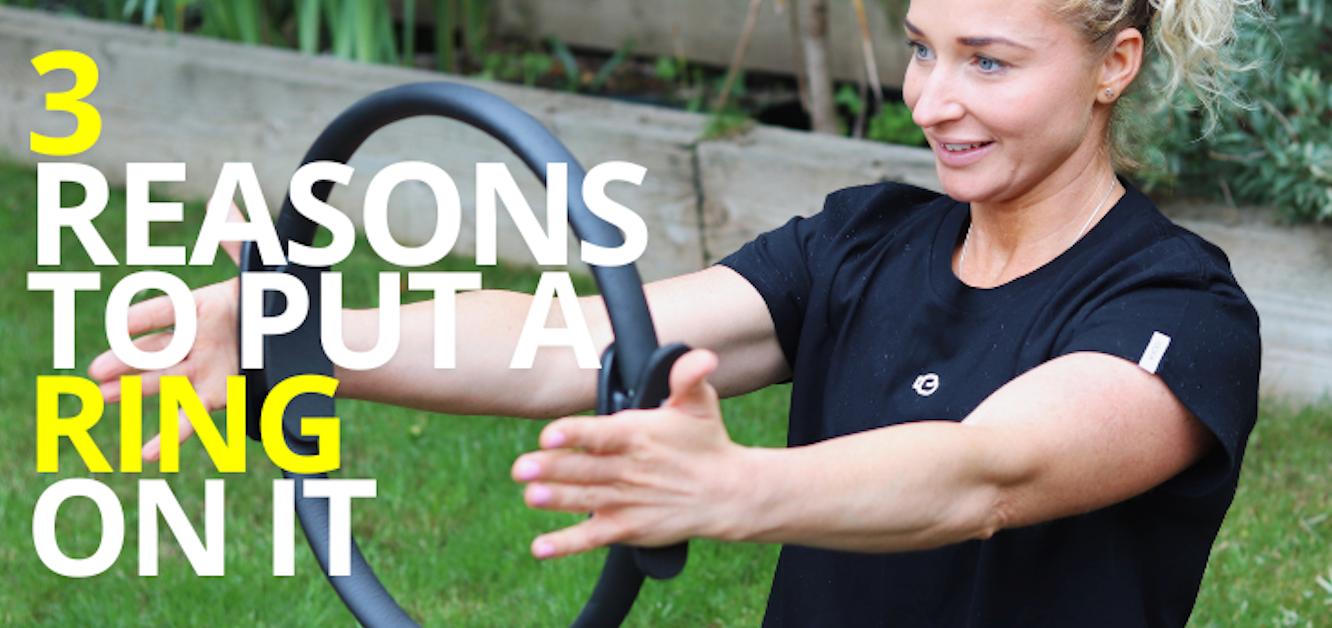In our last blog we reviewed what “tracking” is, and why and how it influences exercise. By tracking your exercise behaviours, you can see the progress being made towards your goals and you can also see when you need to change direction slightly to realign towards your goals. This could mean changing up the way you exercise, but it could also mean giving yourself permission to factor in the other aspects of life that may influence the metric you are tracking.
Asking yourself “is tracking for me?” is an empowering and important first question. For some, you may find tracking the metrics directly related to your form of exercise to be insightful and helpful in monitoring your progress. For example, tracking your punches per minute with our Punch Pods may inform you where you can push a little harder in your workouts.
For others, tracking can be linked to forming an unhealthy relationship with exercise or can negatively influence their mindset. So it is very important to preface that if tracking is not for you, that is okay!
If you enjoy your workouts and exercise without tracking, there is no obligation to do so and you can give yourself full permission to not track! Tracking does not need to be an all-nothing strategy and we can certainly take a flexible approach.
For some, tracking only some workouts every so often may assist them in seeing if they are “on track” towards their goal. And for others, tracking more subjective and “whole person” aspects may better suit them. The keys here are to find the right framework and aspects for tracking that suit the individual and their exercise.
It can be often heard in gyms when someone forgets their tracking device that “If it isn’t tracked the workout doesn’t count”. While this phrase is supposed to be tongue-in-cheek, pointing out that this statement is false is very important. Every workout effort, no matter what it entails is an act of taking care of your health.
Where specifically tracking your workouts comes into play is when you are wanting to elevate your fitness. But specifically tracking more “whole person” aspects comes into play when you are wanting to create a lifetime relationship with movement. For example, you may use your Punch Pods to track the “punches per minute” metric with your Punch Pods in each of your Boxx workouts to help you improve your cardiovascular fitness. And you might use the “sessions per week” metric to help you in attending consistently. This is great! You might also use the sessions per week metric to ensure you don’t “over do it” by doing too many workouts in a row, and choosing to slot in in dedicated rest day.
A great subjective data to track is “how you feel”.
Each day you can rate your mood on a scale of 0-10, 0 being the lower end and 10 the highest. You might see a pattern occur. For example, perhaps Monday to Wednesday you rate your mood 8/10. But you notice the back end of the week is around 5/10. You might also see that your exercise sessions typically always occur Sunday to Tuesday. With this data, you can experiment and see if subbing out the Monday workout and working out on a Thursday or Friday instead results in a higher and more consistent mood rating.
Data can help inform your exercise and fitness journey. And complimenting it with your own subjective narrative tells a fuller and richer story of how you can create your own individual healthy relationship with exercise. You may like to consider what other aspects you may like to track with your Punch Pods.


